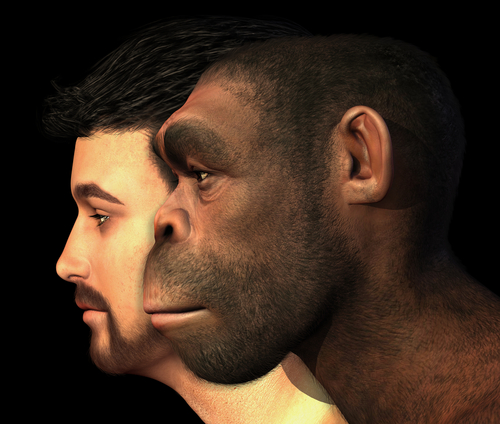
Features
Research
SFU researchers find evidence of link between back pain and human evolution
 Researchers from Simon Fraser University (SFU) in British Columbia believe they may have found a link between back pain and human evolution.
Researchers from Simon Fraser University (SFU) in British Columbia believe they may have found a link between back pain and human evolution.
SFU post-doctoral fellow Kimberly Plomp, a biological anthropologist, has been studying ancient bones for disease and injury that provide insight about our ancestors’ health and how they lived, according to a SFU news report written by Diane Luckow.
April 28, 2015 By Massage Therapy Canada staff
“Evidence of injury and disease on human skeletons provide
archaeologists with valuable insight into our ancestors’ health and
lifestyles and can provide a lot of information about the health of a
person or a population,” said Plomp in the report. She has been working
with professor Mark Collard in the Human Evolutionary Studies Program,
and other researchers from the University of B.C., University of Iceland
and University of Aberdeen.
“For example, in ancient remains we can see evidence of metabolic
issues, infectious disease, and trauma related to heavy activities or a
rough lifestyle,” Plomp added.
The research has been examining the relationship between vertebral
shape, upright locomotion and human spinal health, using two-dimensional
shape analyses of chimpanzee, orangutan and archaeological human
vertebrae, the SFU news report explained.
Plomp’s team found that some characteristics of the human vertebrae
differ in shape between individuals who have Schmorl’s node – a small
hernia that can occur in the cartilaginous disc between the vertebrae.
She explained: “The humans that have Schmorl’s nodes tend to have
vertebral elements with a shape that is statistically indistinguishable
from chimpanzee vertebrae.”
“Humans and chimpanzees split from a common ancestor about eight to nine
million years ago, and at some point after that split it is thought the
human lineage evolved to be bipedal, moving on two rear legs, while the
chimpanzees evolved to be knuckle-walkers.”
According to Plomp’s findings, the vertebrae of people with disc
disorders more closely resemble those of the chimpanzees’ – human’s
closest ape relatives – than the vertebrae of humans without disc
problems.
“As evolution occurred, our vertebrae would have changed as we evolved
from using some form of quadrupedal locomotion, using four legs, to
bipedalism, using two legs,” Plomp said in the SFU news report. “However
evolution is not perfect and some vertebral characteristics, such as
the ones we identified as being similar to chimpanzees, may have
remained within the human ‘blueprint’ and result in some people having
vertebrae that are less able to withstand the pressures of bipedal
walking.”
The study, in a nutshell, suggests that the pathological vertebrae of
some people may be less well adapted for walking upright, said Plomp,
calling this the “ancestral shape hypothesis.”
Plomp and Collard are planning to investigate further using 3D shape
studies of ancient and modern human and primate spine, and explore other
spinal diseases such as osteoarthritis.
Plomp’s findings were recently published in the journal, BMC Evolutionary Biology.
Read more about this study in the SFU news report.
Print this page